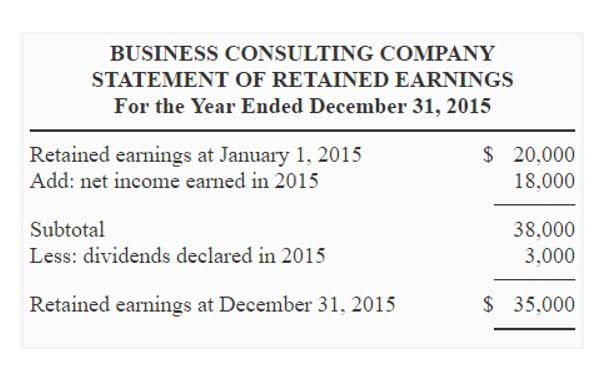
In that case, you can divide these two numbers and then multiply that number by 100 to get a percentage of completion. While using this method, you need to post entries for the transactions allocated to the current period. If 20% of the work is completed in the current accounting period, the business recognizes only 20% of the profit in the current year.
Manage Your Business Cash Flow
For example, consider a construction company that has a contract to build a bridge for $10 million. The project is expected to take five years to complete, and the company estimates the total cost to be $8 million. Recognizing revenue accurately and timely is a cornerstone of financial reporting and is particularly critical in the construction industry where the percentage of completion method is often employed. This method allows companies to record revenue and expenses related to long-term projects proportionally as the project progresses, rather than waiting until the project is fully completed.
Accounting Standards and the Percentage of Completion Method
This cost can be the basis for calculating the percentage of completion method as it is assumed that the revenue will go hand-in-hand with the cost incurred. Revenues and gross profit are recognized each recording transactions period based on the construction progress, in other words, the percentage of completion. Construction-in-progress are generally not classified as inventory as it would not be in-line with IAS2.9 (Inventories to be stated at lower of cost or NRV).

Percentage of completion calculation methods
Use construction management software to ensure you can quickly and reliably pull up these numbers when you need them most. Construction accounting brings a different set of rules when compared to more traditional styles of accounting. Often, a long-term contract can be split into multiple smaller units delivered to the customer. The price, delivery schedule, units, etc., of each separate unit, are mentioned in the contract. If your estimates are wildly inaccurate, numbers will skew, resulting in a barrage of adjustments. Below is a break down of subject weightings in the FMVA® financial analyst program.
Improved Financial Accuracy

You can base the calculation on various parameters — such as Bookstime direct labor hours, materials consumption or machine hours — depending on the job’s scope and dynamics. The efforts-expended method provides a nuanced perspective that accounts for the intensity of labor or resources invested at each stage of the project. The percentage of completion method of accounting is a procedure for recognizing the revenue and expenses related to projects spanning multiple accounting periods.
- These methods help you determine the proportion of revenue to recognize based on the progress of a project.
- To estimate the percentage of completion, you divide the total expenditure incurred from inception to date with the total estimated costs of the contract.
- When revenue figures don’t quite match up with what’s already been billed, it can result in major cash flow problems.
- However, if your contracts exceed a year or involve significant resources, the percentage of completion method is often recommended for compliance and accuracy.
The choice of the method will depend on many factors like type of investment, the accounting standards applicable or ability to estimate the progress. But is it necessary to have knowledge about both the methods in details so that manufacturing or construction in progress percentage of completion method can be used in appropriate cases. Producing the right POC method calculations is essential for accurate financial reporting. Ensure your accountants have reliable cost estimates and maintain open communication with project managers to assess project complexity.

#2 – Efforts Expended Method

It focuses on the actual effort expended, such as labor hours, machine hours, or materials used, to calculate the percentage of completion. The cost-to-cost method calculates the percentage of completion based on the ratio of costs incurred to date to the estimated total costs of the project. The POC accounting method percentage of completion method example works on the principle that you should be able to track revenue in line with the project’s progress. It means that if 50% of a project is complete, you should be able to calculate 50% of the total expected revenue. As the project progresses and incurs more production costs, the percentage of completion increases, leading to a corresponding increase in recognized revenue. Another viable approach, this method compares the actual effort expended to date with the estimated total effort required for the project.

